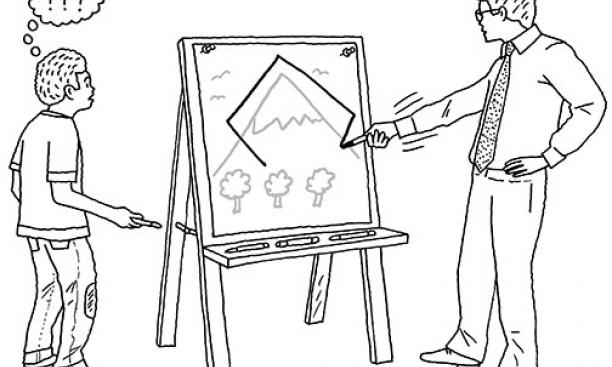
The next time your ARTHRITIS is flaring up, you may be able to blame flares from an entirely different source — the sun. A team of researchers that included Jay Johnson of the Princeton Plasma Physics Laboratory discovered a surprising correlation between instances of rheumatoid arthritis and giant cell arteritis (an inflammation of the lining of the arteries) and the cycles of the sun’s magnetic activity, which spikes every 10 to 11 years. The researchers, who published their findings in May in BMJ Open, are investigating possible causes for the link between solar activity and autoimmune diseases.
As if getting MEASLES weren’t bad enough, a new study has found that the harmful effects of the disease can last long after the itchy rash has faded. Research published in the journal Science in May by ecology and evolutionary biology professors Jessica Metcalf and Bryan Grenfell, former postdoc Mike Mina, and others reveals that the measles virus may reduce children’s immunity to previously encountered diseases for up to three years, causing them to be more susceptible to other infections and adding urgency to vaccinating against the disease.

Time to grab a crayon and draw a mountain? It turns out millions of kindergarteners may be doing it wrong. New research has found that the majority of MOUNTAINS aren’t the neatly tapering triangle shapes drawn by children everywhere, in which the bulk of the mountain’s area is at the bottom. Analyzing data from satellites around the world, ecology and evolutionary biology graduate student Paul Elsen and a co-researcher found most mountains actually are diamond-shaped, with most of the area in the middle, and many are hourglass-shaped, with the greatest area at the bottom and at the top. The findings, published in the journal Nature Climate Change in May, could aid in conservation of species as climate change impacts their range within mountains.
Too little OZONE in the upper atmosphere can put human health at risk from UV exposure — but too much ozone at ground level also is dangerous, leading to respiratory ailments such as asthma. A new study published in Nature Communications in May by Meiyun Lin, a research scientist at Princeton’s Cooperative Institute for Climate Science, ties increases in ground-level ozone over the western United States to the La Niña weather pattern, which can pull ozone out of the stratosphere and down to where it can cause harm. The ability to predict these spikes could help protect against future health problems.
